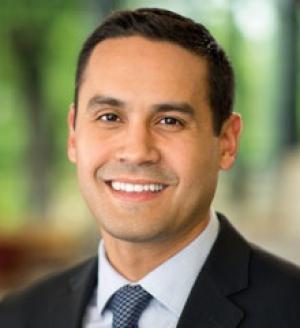Resources

Eric D. Barreto I really don’t intend to undercut the title of this series of blogs. I promise I don’t. But what happens when the classroom doesn’t have a front where the eager students sit ready to learn or a back where more laid-back students lean away from us? What...

June 2, 2014
Israel Galindo, Columbia Theological Seminary
Smaller theological schools face distinct challenges. One of those challenges is how to provide coverage for a comprehensive theological curriculum while maintaining a reasonable teaching load for elected faculty members while also providing for student needs. Another is finding qualified...
Adjudicating
Wabash Center Staff Contact
Sarah Farmer, Ph.D
Associate Director
Wabash Center
farmers@wabash.edu